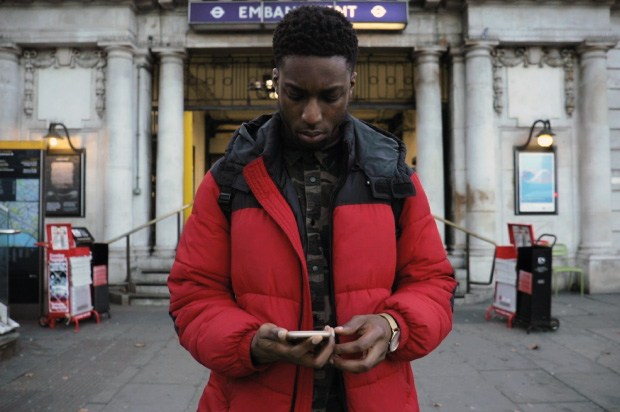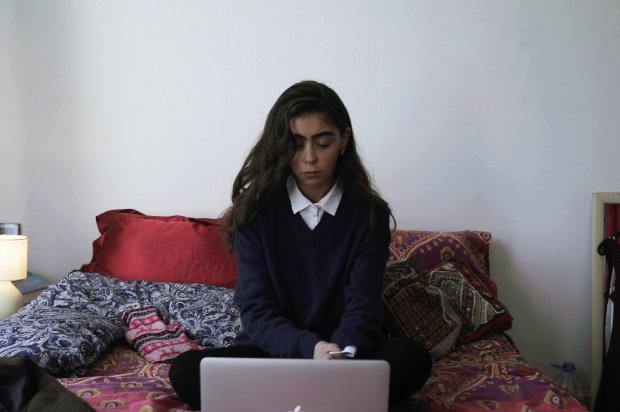Facebook, Instagram, self-harm and suicide
Facebook, Instagram, self-harm and suicide
Facebook and Instagram recently changed their policy on self-injury and suicide content. The Mix and their young people were at the heart of those discussions to make sure social network sites safe, but also more supportive.
Self-harm to survive
he UK has the highest self-harm rate of any country in Europe. Most affected are those between 11 and 25. In fact, it equates to about 1 in 10 young people. Self-harm is anything that causes injury but we most frequently we hear about cutting or burning, which can also be called self-injury.
Self-harm, or self-injury is a way of coping with life, not a way of living. Young people self-harm for a variety of reasons, but commonly they tell us it’s because of need for control or just to feel something. If you want to understand more, from a young person’s perspective, check out the stories of Mia, Billie, Matt.
Connecting self-harmers on social media is good
We know nearly all young people use social media. We also know they go online to look for support first – they’re more likely to take their mobile phone if they run away from home than their wallet! So we support Facebook and Instagram in their position to allow young people to admit to suicidal feelings or share their urges to self-harm. This admission can help someone feel less alone and seek support from someone else who might be on their recovery journey.
Changes around promoting suicide and self-harm
Whilst Instagram and Facebook had policies and were signposting, they weren’t doing enough to keep young people safe. The promotion or glorifying of self-harm and suicide has always been against community guidelines. However, graphic images of cuts, scars or other wounds can unintentionally result in modelling, normalising, promoting, or inciting self-harm – even if the message of recovery might be positive. Whilst there is an ongoing discussion about scars, the new policy that we helped shape, ensures that all graphic images will now be removed.

Young people want safe spaces
The Mix asked young people about their thoughts on the change in policy and they said:
“I think the banning of graphic images is really important to prevent these from acting as a trigger for other users. I do think there’s a fine balance though. social media is a great place to connect and access quick support from others. “
“In my personal experience, I didn’t know about self-harm until I saw a picture of it online. As well as being extremely triggering it can also glamourise self-harm for younger kids which is so wrong.”
“I think the ban is a good thing, these pictures can be really upsetting and triggering for people. I think people should definitely be signposted to helpful resources if their content is reported for this reason.”
Help us continue supporting young people
We launched a fundraiser on Self-Harm Awareness Day so we can continue to be there for young people across the UK, when they need to reach out.
Many young people turn to self-harm as a way of coping. The Mix provides essential support to young people so they have a place to turn to when they’re feeling overwhelmed.
Of those using The Mix we call an average of five ambulances a day for young people at risk, most of whom are considering, or in the process of ending their life. The Mix is a lifeline to those young people.
Our expert information and support services are free for all young people to access, but they are not free to run. We receive no direct government support and our work depends entirely on your donations.
We’re asking for support from you, to help us be there for young people who need us. To donate please click here or here
By
Published on 28-Mar-2019
Sorry, comments closed
No featured article















